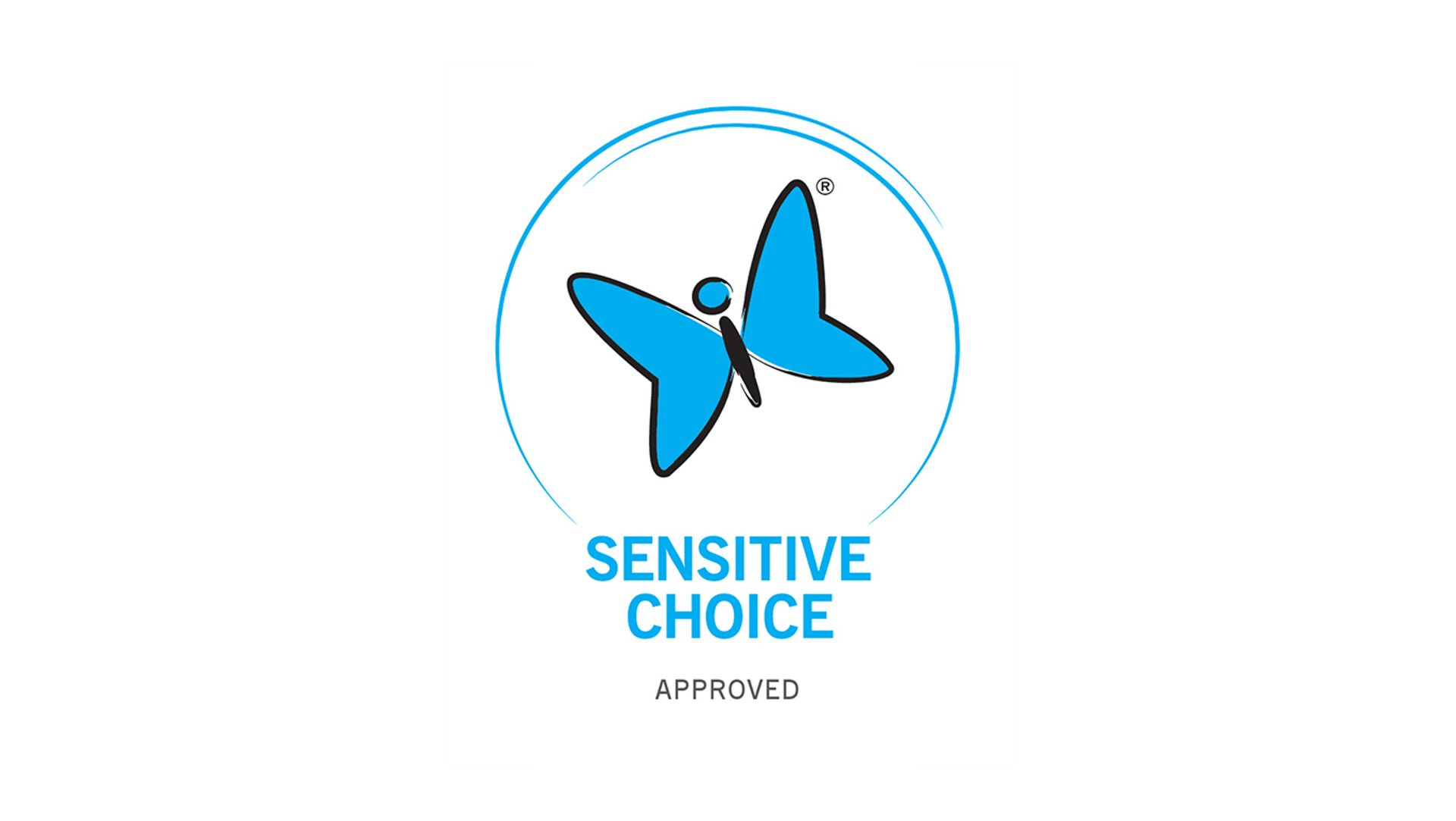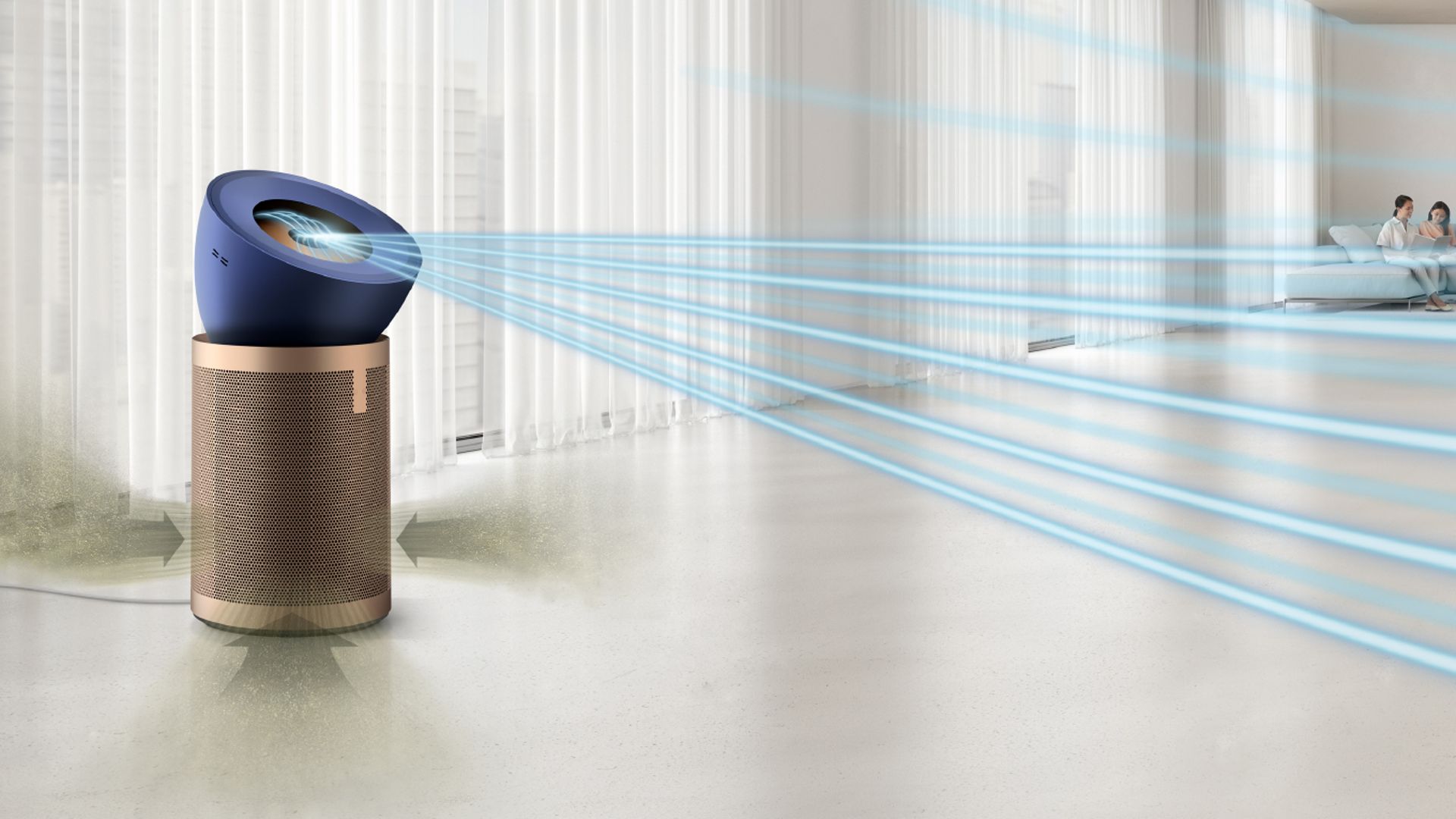-
Australia
Copyright © 2025 Powered by BCI Media Group Pty Ltd
Confirm Submission
Are you sure want to adding all Products to your Library?
Contact Detail

With spring comes blooming flowers and the suns reprieve, but for many, it triggers the onset of seasonal hay fever – otherwise known as pollen allergies. If you’re wondering, ‘what are pollen allergies?’ or ‘how can I minimise pollen allergy symptoms?’ our experts explain all you need to know in this extensive guide to pollen and hay fever.
What is a pollen allergy?
To understand what a pollen allergy is, it helps to learn about pollen itself. Pollen is a mass of microspores released by plants and trees, typically as a fine powder, and plays a vital role in the life cycle of plants. Each grain of pollen is a tiny body – generally about 15-100 microns – formed in the male structures of seed plants. When pollen grains are transported by wind, water or insects to the female part of a flower, fertilisation takes place.
Pollen is mostly released during the early spring and summer months by plants, trees and grasses as part of their reproductive cycle. However, depending on the climate and plant type, pollen can also linger in the air during the cooler months, which is why some people may experience pollen allergies all year round. It is the presence of pollen which causes seasonal rhinitis in humans, which is a common allergic reaction, widely known as ‘hay fever’.
What causes hay fever?
When the nose and/or the eyes encounter environmental allergens such as pollens, dust mites, moulds, animal fur and air pollutants, this often results in a person experiencing hay fever. Additionally, hundreds of plant species exist in the world that each respectively release pollen into the air and trigger pollen allergies.
Some common types of pollen allergies include:
Birch pollen allergy: As birch trees bloom, they release minute pollen grains that travel through the wind and the air we breathe. Birch pollen allergies are therefore one of the most common airborne allergens in spring.
Oak pollen allergy: Compared to other pollen types, oak pollen is considered mildly allergenic. However, it lingers in the air for longer, which can cause severe allergic reactions for some.
Grass pollen allergy: During the warmer months, grass can be a main trigger of pollen allergies. Although there are many grass varieties, only few can trigger pollen allergy symptoms.
Ragweed pollen allergy: Since one ragweed plant has the power to produce almost 1 billion grains of pollen, these are the weeds that are most likely to cause pollen allergies.
Hay fever & pollen allergy symptoms
The symptoms of hay fever can be mild or severe but they often include:
In some cases, pollen allergies can lead to symptoms such as:
Some other conditions that commonly occur alongside hay fever include asthma, chronic sinusitis, middle ear infections and trouble sleeping, or decreased quality of sleep.
How to manage indoor and outdoor pollen allergies
Pollen allergies can be disruptive to everyday living; however, implementing management strategies can help you to alleviate symptoms at home and outdoors. Discover several strategies that may help minimise hay fever symptoms below.
Daily strategies to minimise symptoms
While it’s difficult to completely avoid sources of pollen, there are steps you can take to decrease pollen exposure.
Plan ahead to avoid pollen: Where possible, avoid areas that are likely to trigger your pollen allergies.
You can do this by:
Consider medications: You don’t need to suffer with allergy symptoms. Various medications and treatments may help, such as:
Before trying a new medication, it’s important to consult with a healthcare professional.
Lifestyle changes
It’s difficult to avoid pollen throughout the warmer months, however, there are steps you can take to help manage pollen allergies during the heightened pollen seasons, such as:

Air purification
Clean air is vital for a healthy lifestyle, yet many of us regularly inhale dirty air. Dyson’s purifying technology senses air quality, so you can monitor and remove pollutants and pollen from your living space. Consider utilising an air purifier in the home, which are specially designed to tackle the invisible health risks like pollen and bacteria. A Dyson air purifier has different layers of filtration to create the cleanest air possible, giving you a cleaner, healthier home, all year round.
Interesting facts about pollen
The study of pollen and spores – better known as palynology – is a fascinating subject studied by Dyson air quality scientists. Despite being an inconvenience to humans and pets, pollen plays an integral role in the life cycle of plants. However, the topic is often riddled with misconceptions.
Discover 5 surprising facts about pollen below.
To manage pollen allergies and help improve quality of life, it helps to understand the key facts, causes, symptoms and coping strategies. For personalised advice and guidance, it’s important to consult a healthcare professional.

Sensitive Choice
All Dyson Purifiers are approved by: Sensitive Choice®, National Asthma Council Australia.
Found this article useful?
Learn more about how to choose a Dyson Air Purifier for your home.

1University of Worcester (2023) What is pollen? Available at: https://www.worcester.ac.uk/about/academic-schools/school-of-science-and-the-environment/science-and-the-environment-research/national-pollen-and-aerobiology-research-unit/what-is-pollen.aspx Accessed May 2023.
2https://www.aihw.gov.au/reports/chronic-respiratory-conditions/allergic-rhinitis-hay-fever/contents/allergic-rhinitis.



